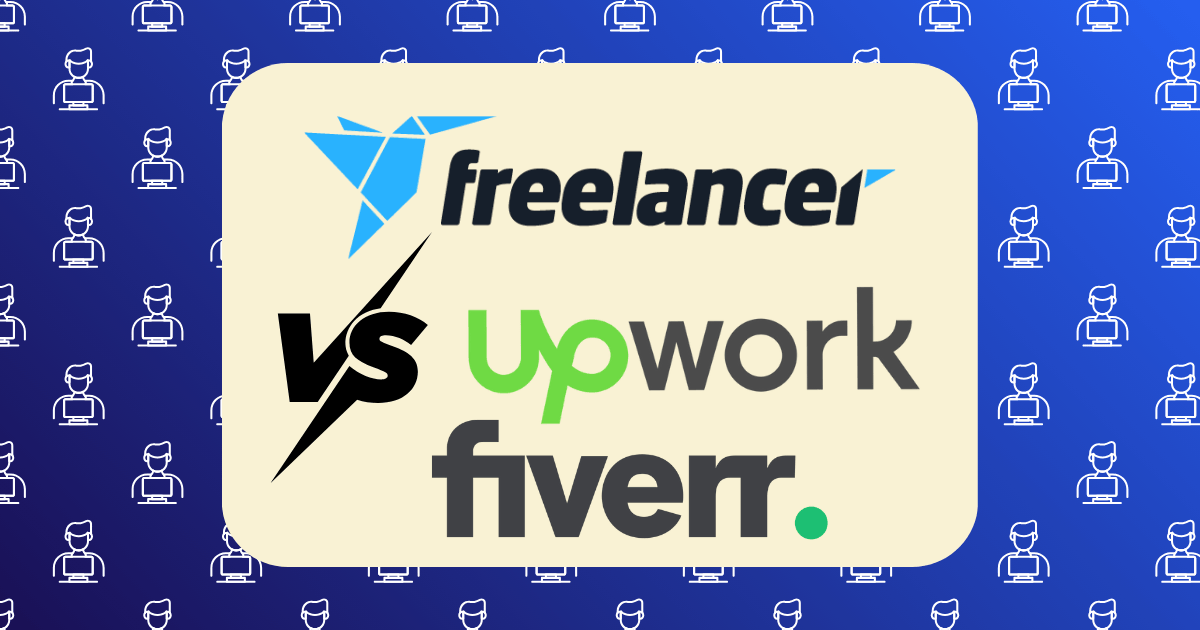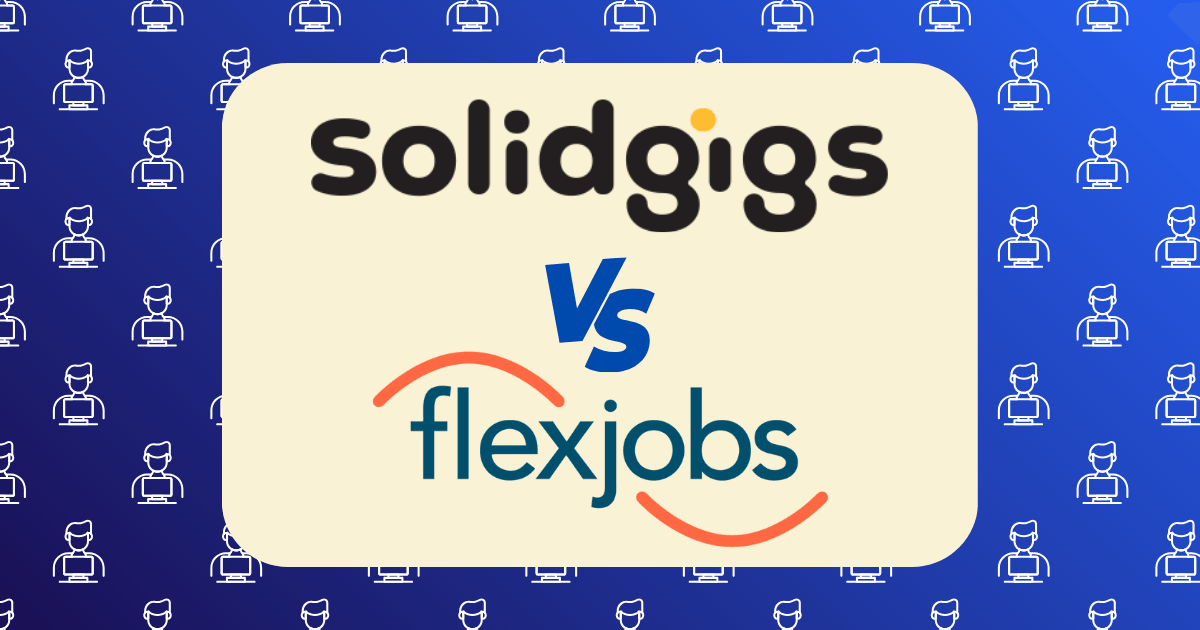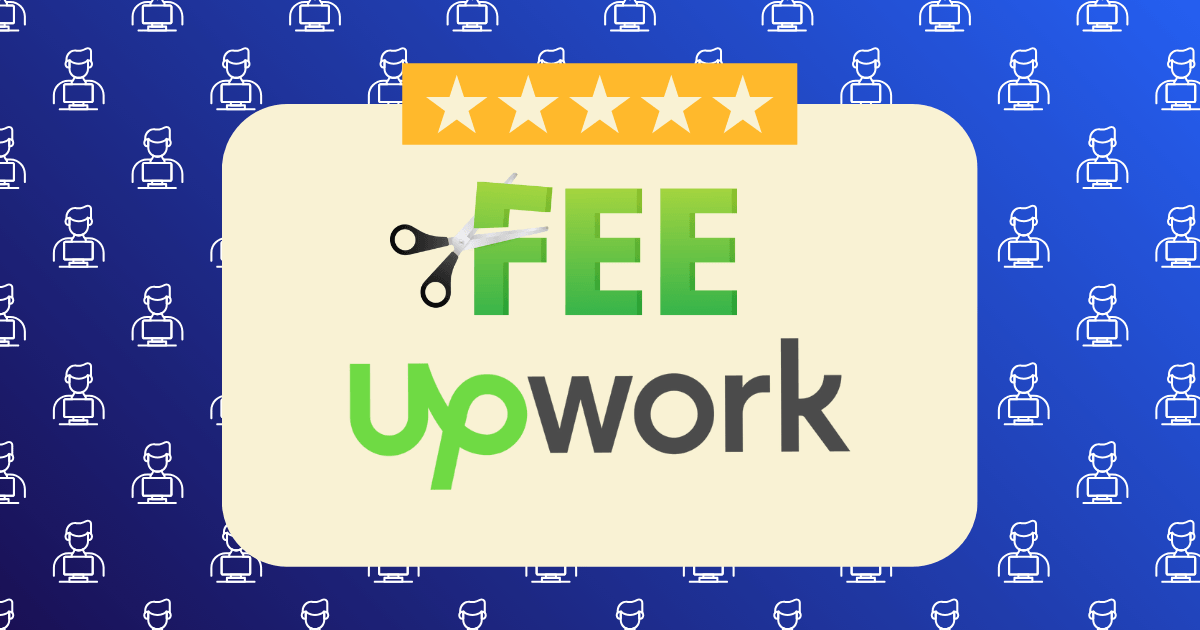Upwork vs Fiverr vs Freelancer: I Made $1,000 on Each Platform to Find the Clear Winner

Six months ago, I found myself at a crossroads in my freelance career. After building a modest portfolio of work, I wanted to scale my income but wasn’t sure which platform would yield the best return on my time investment. Rather than relying on anecdotal advice, I decided to conduct a systematic experiment: I would earn exactly $1,000 on each of the three major freelancing platforms—Upwork, Fiverr, and Freelancer—and document every metric that mattered.
This wasn’t just about which platform paid more. I wanted to understand the complete ecosystem: client quality, time investment, fee structures, and psychological factors that impact a freelancer’s success and satisfaction. The results were surprising and definitive.
The Experimental Design
To ensure a fair comparison, I established consistent parameters across all three platforms:
- Service offering: I provided the same core service (SEO content writing) on all platforms
- Pricing strategy: I aimed for similar rates, adjusted for platform norms
- Time tracking: I meticulously logged all hours, including administrative tasks
- Client interactions: I documented response times and communication quality
- Financial tracking: I recorded gross income, platform fees, and net earnings
My goal was simple: reach $1,000 in earnings on each platform and analyze every aspect of the journey.
Platform Overviews: The Fundamental Differences
Before diving into results, let’s clarify how these platforms fundamentally differ, as this context is crucial for understanding the outcomes.
Upwork: The Professional Marketplace
Upwork positions itself as a professional freelancing platform where clients post jobs and freelancers submit proposals. With over 18 million freelancers and 5 million clients, it’s designed for ongoing relationships rather than one-off transactions.
Key features:
- Proposal-based job acquisition
- Sliding fee structure (5-20% based on lifetime client billings)
- Both hourly and fixed-price contracts
- Emphasis on long-term client relationships
Fiverr: The Service Catalog
Fiverr flips the traditional freelancing model by having freelancers create “gigs”—predefined service packages that clients can purchase like products. With 5.5 million buyers and 830,000 active sellers, it functions more like an e-commerce platform for services.
Key features:
- Service-listing approach where clients come to you
- Flat 20% commission on all earnings
- Package-based pricing structure
- Emphasis on standardized deliverables
Freelancer: The Bidding Platform
Freelancer.com combines elements of both models, allowing freelancers to bid on posted projects or participate in contests. With over 64 million registered users, it offers a more diverse but sometimes chaotic marketplace.
Key features:
- Competitive bidding system
- 10% or $5 fee for fixed-price projects
- Contest options for creative work
- Wide range of project sizes and budgets
The Results: By The Numbers
After reaching my $1,000 goal on each platform, here’s how the numbers broke down:
Time to First Paid Project
- Upwork: 8 days (after 11 proposals)
- Fiverr: 14 days (after creating 5 gigs)
- Freelancer: 5 days (after 17 bids)
Analysis: Freelancer provided the quickest path to initial income, but this metric alone doesn’t tell the complete story. The quality and size of these initial projects varied significantly.
Total Working Hours to Reach $1,000
- Upwork: 27.5 hours (effective rate: $36.36/hour)
- Fiverr: 42.3 hours (effective rate: $23.64/hour)
- Freelancer: 51.8 hours (effective rate: $19.31/hour)
Analysis: Upwork required substantially fewer working hours to reach the $1,000 milestone, resulting in a significantly higher effective hourly rate.
Administrative Time (Non-Billable Hours)
- Upwork: 8.3 hours (23% of total time)
- Fiverr: 11.7 hours (22% of total time)
- Freelancer: 19.5 hours (27% of total time)
Analysis: Freelancer required the most administrative overhead, particularly in bidding on projects and managing client communications across multiple small projects.
Platform Fees
- Upwork: $152.50 (15.25% average)
- Fiverr: $200.00 (flat 20%)
- Freelancer: $100.00 (10% average)
Analysis: Freelancer had the lowest fee percentage, but this advantage was negated by the lower rates and higher administrative time.
Number of Clients to Reach $1,000
- Upwork: 4 clients
- Fiverr: 17 clients
- Freelancer: 13 clients
Analysis: Upwork required significantly fewer client relationships to reach the same income threshold, reducing administrative overhead and allowing for deeper client relationships.
Client Quality Metrics
I rated each client interaction on a scale of 1-10 based on communication clarity, reasonable expectations, and payment reliability:
- Upwork: 8.3/10 average client quality
- Fiverr: 6.7/10 average client quality
- Freelancer: 5.9/10 average client quality
Analysis: Upwork consistently provided higher-quality client relationships with clearer communication and more professional interactions.
The Psychological Factors: Beyond The Numbers
Raw data tells only part of the story. The psychological experience of working on each platform significantly impacted my productivity and satisfaction.
Autonomy and Control
- Upwork: Moderate autonomy. You choose which jobs to apply for, but clients initiate the relationship.
- Fiverr: High autonomy in service definition, but low control over client selection.
- Freelancer: Low autonomy. The competitive bidding system often forces rate compromises.
The psychology of autonomy significantly affected my motivation. On Upwork, I felt like a professional selecting suitable projects. On Fiverr, I felt like a merchant waiting for customers. On Freelancer, I often felt like I was competing in a race to the bottom.
Value Perception
How clients perceive your value dramatically impacts the freelance experience:
- Upwork: Clients generally viewed me as a professional consultant
- Fiverr: Clients typically viewed me as a service provider
- Freelancer: Clients often viewed me as an interchangeable resource
This perception affected not just rates but also how clients communicated, provided feedback, and respected boundaries. On Upwork, clients were more likely to defer to my expertise, while on Freelancer, they were more likely to micromanage.
Growth Trajectory
Each platform offered different paths for career development:
- Upwork: Clear progression through rising rates and repeat clients
- Fiverr: Growth through package upsells and level advancement
- Freelancer: Less clear progression path, primarily volume-based
The visibility of a growth path significantly impacted my motivation and strategic planning. Upwork’s transparent progression from project to project created a stronger sense of career development.
Platform-Specific Strategies That Worked
Each platform required a different approach to achieve optimal results. Here are the strategies that proved most effective on each:
Upwork Success Strategies
- Proposal Specialization: Customizing each proposal rather than using templates increased my response rate by 40%
- Strategic Job Selection: Focusing on jobs posted by clients with high hiring rates and clear project descriptions
- Value-Based Pricing: Charging based on project value rather than hourly rates for fixed-price projects
- Relationship Building: Investing in client relationships led to expanded projects and referrals
The most successful approach on Upwork was positioning myself as a specialist consultant rather than a general service provider, which justified higher rates and attracted better clients.
Fiverr Success Strategies
- Package Differentiation: Creating three distinct service tiers with clear value differences
- Rapid Delivery Options: Offering premium pricing for faster turnaround
- Visual Gig Presentation: Using professional graphics to stand out in search results
- Review Cultivation: Strategically asking satisfied clients for detailed reviews
On Fiverr, success came from treating my services as products, with clear features, benefits, and upsell opportunities. The platform rewards those who think like e-commerce entrepreneurs.
Freelancer Success Strategies
- Volume Bidding: Submitting more proposals to compensate for lower conversion rates
- Milestone Structuring: Breaking projects into smaller milestones to secure partial payments
- Contest Participation: Using contests to build portfolio samples and client relationships
- Profile Optimization: Keeping my profile updated with recent work samples
Freelancer required a more aggressive approach to project acquisition, focusing on quantity of bids while maintaining quality standards for deliverables.
Client Acquisition Comparison
The process of getting clients varied dramatically across platforms:
Upwork Client Acquisition
On Upwork, I submitted 37 proposals to secure the clients needed to reach $1,000. The proposal process required careful customization but led to higher-quality connections:
- Proposal conversion rate: 10.8%
- Average proposal time: 15 minutes
- Client response time: 1-3 days average
The Upwork approach felt most similar to traditional business development—identifying good opportunities and making targeted pitches.
Fiverr Client Acquisition
Fiverr’s model required creating compelling gig listings and then waiting for clients to find me:
- Number of gigs created: 5
- Time investment in gig creation: 7.5 hours total
- Average time to first order after gig publication: 14 days
The passive nature of Fiverr’s client acquisition model meant more upfront work but less ongoing pitching. However, it took longer to gain initial traction.
Freelancer Client Acquisition
Freelancer required the highest volume of bidding activity:
- Number of bids submitted: 84
- Bid conversion rate: 15.5%
- Average bid preparation time: 8 minutes
The high-volume, competitive nature of Freelancer meant spending significant time on proposals that didn’t convert, creating a less efficient acquisition process despite the seemingly higher conversion rate.
The Financial Breakdown
Looking beyond the simple $1,000 gross income target reveals significant differences in financial efficiency:
Net Income After Platform Fees
- Upwork: $847.50
- Fiverr: $800.00
- Freelancer: $900.00
True Hourly Rate (Including All Time Invested)
- Upwork: $23.67/hour
- Fiverr: $14.81/hour
- Freelancer: $12.64/hour
Projected Annual Income (40 hours/week)
- Upwork: $49,234
- Fiverr: $30,805
- Freelancer: $26,291
These projections assume maintaining the same efficiency and client quality over time, which may not be realistic but provides a useful comparison baseline.
The Verdict: Which Platform Wins?
After completing this experiment, the data points to a clear conclusion, but with important nuances depending on your situation:
Overall Winner: Upwork
Upwork provided the highest effective hourly rate, best client quality, and clearest path to sustainable income growth. Despite its higher fees for new freelancers, the platform’s efficiency and client quality more than compensated for this disadvantage.
Best for:
- Experienced professionals with established skills
- Those seeking longer-term client relationships
- Freelancers who can effectively communicate their unique value
- People looking to build a sustainable freelance business
Runner-Up: Fiverr
Fiverr performed reasonably well for standardized services and required less active pitching. It’s an excellent platform for specific niches and those who prefer creating service packages over customizing proposals.
Best for:
- Freelancers with standardizable services
- Those who prefer passive client acquisition
- People with strong visual portfolios
- Freelancers in creative fields with easily defined deliverables
Third Place: Freelancer
While Freelancer provided the quickest path to initial income, it required substantially more time investment and yielded lower-quality client relationships. The platform’s lower fees couldn’t overcome these disadvantages.
Best for:
- Beginners looking to build initial experience
- Those in highly competitive fields willing to work at lower rates
- Freelancers in regions with lower cost of living
- People looking for high volume of smaller projects
Strategic Recommendations Based on Career Stage
The optimal platform depends significantly on where you are in your freelance journey:
For Beginners (0-1 Years Experience)
- Start with Freelancer to build initial portfolio samples and client testimonials
- Transition to Fiverr once you can create standardized service offerings
- Move to Upwork when you have enough experience to justify higher rates
For Intermediate Freelancers (1-3 Years Experience)
- Focus primarily on Upwork for sustainable growth
- Maintain a Fiverr presence for passive income from standardized services
- Use Freelancer selectively for filling schedule gaps
For Advanced Freelancers (3+ Years Experience)
- Use Upwork for premium clients and relationship building
- Develop a Fiverr Pro presence for high-end standardized services
- Consider moving beyond platforms to direct client acquisition
The Psychological Impact: Which Platform Felt Best?
Beyond metrics, the subjective experience of each platform significantly impacted my satisfaction and motivation:
- Upwork felt most like running a professional consulting business
- Fiverr felt like operating a service-based e-commerce store
- Freelancer often felt like competing in a global talent auction
For my personal work style and goals, Upwork provided the most satisfying experience, aligning with my preference for deeper client relationships and professional autonomy.
Key Takeaways for Maximizing Success on Any Platform
Regardless of which platform you choose, certain principles proved universally effective:
- Specialization trumps generalization: Positioning yourself as a specialist in a specific niche consistently led to higher rates and better clients across all platforms.
- Invest in your profile: Professional photos, well-written descriptions, and strong portfolio samples significantly impacted conversion rates on all three platforms.
- Client relationship management matters: Responsiveness, clear communication, and exceeding expectations led to better reviews, repeat business, and referrals regardless of platform.
- Track your metrics: Understanding your true hourly rate (including administrative time) helps make informed decisions about which projects to pursue and which to decline.
- Psychological resilience is essential: All platforms have frustrating elements and rejection is inevitable. Developing strategies to maintain motivation through these challenges is crucial for long-term success.
Conclusion: The $1,000 Experiment Results
This experiment revealed that while all three platforms can generate income, they offer dramatically different paths to financial success. Upwork provided the most efficient route to $1,000 with the highest quality clients and clearest growth trajectory. Fiverr offered a more passive approach with moderate efficiency, while Freelancer required the most time investment for the lowest effective hourly rate.
For those serious about building a sustainable freelance career with strong income potential, Upwork emerged as the clear winner in this head-to-head comparison. However, a strategic approach that leverages multiple platforms based on your specific services and career stage may yield the best overall results.
What has your experience been with these freelancing platforms? Have you found success on one platform that others haven’t? Share your thoughts in the comments below.







